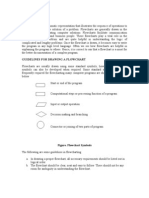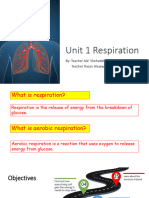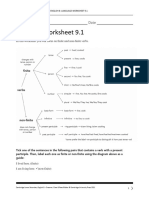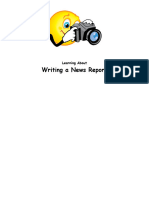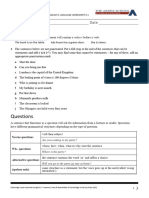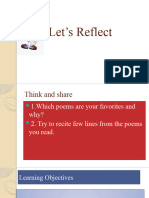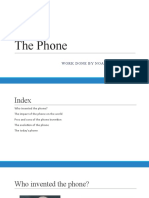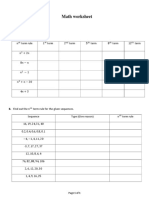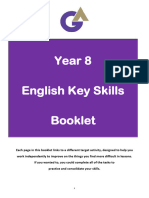0% found this document useful (0 votes)
72 views12 pagesCH-7 HTML
Hi
Uploaded by
Amrita KaurCopyright
© © All Rights Reserved
We take content rights seriously. If you suspect this is your content, claim it here.
Available Formats
Download as PDF or read online on Scribd
0% found this document useful (0 votes)
72 views12 pagesCH-7 HTML
Hi
Uploaded by
Amrita KaurCopyright
© © All Rights Reserved
We take content rights seriously. If you suspect this is your content, claim it here.
Available Formats
Download as PDF or read online on Scribd
/ 12

